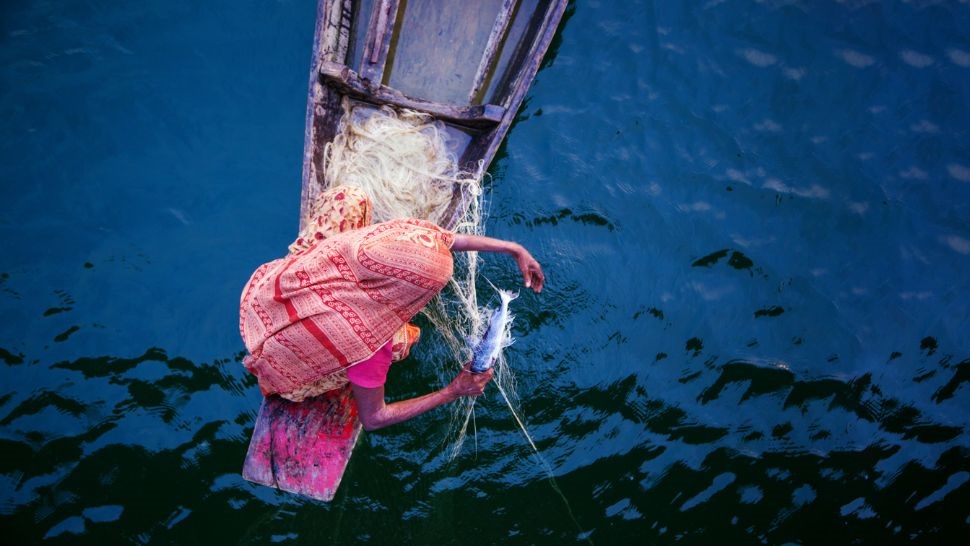Women in the Seafood Industry: A Need for Sea Change
- by bonappetit

The global seafood industry plays a significant role in supporting communities, economies, and food security for billions of people across the world. However, beneath its surface, a gender disparity persists. This National Seafood Month at Bon Appétit, we are focusing on “Women in Seafood” by diving deep into the multifaceted roles of women in the seafood sector, examining the challenges they face, and surfacing the work of women who bring seafood to tables across the world.
Women’s Roles and Representation in the Seafood Industry
Women are integral to the seafood industry. According to the Conservation Alliance for Seafood Solutions, women account for nearly half of the workforce in seafood production and, while men typically dominate offshore and long-distance capture fishing, women make up 40% of near-shore small-scale fishing and are predominate in onshore post-harvest processing. Despite their critical contributions, globally women who work in seafood often operate in informal or unpaid roles, with limited representation in industry governance and decision-making. This perpetuates their exclusion from key decision-making processes, and hinders progress on critical issues like forced labor, sustainable fisheries management, and disaster recovery. As Seafood Gender and Equality states best, “The greatest challenges facing our ocean – climate change, illegal fish harvest, social injustice, environmental degradation – disproportionately affect women and the time to center women’s voices in addressing these challenges is now.”
Working Conditions
The seafood industry presents a complex web of employment challenges. Workers often endure poorly compensated, dangerous, and even exploitative conditions. Violations of labor rights – including forced labor and human trafficking – are unfortunately very common and these issues disproportionately affect marginalized groups, including women and migrants.
Gender Pay Gap
Women’s labor in the industry is economically, culturally, and socially important, but it receives little attention in fisheries policies or support programs. Gender disparities are rife throughout the seafood industry, resulting in unequal pay for the same jobs as men, limited opportunity for growth, and underrepresentation in leadership roles. The gender pay gap, a symbol of these inequalities, has far-reaching consequences beyond the industry – it significantly impacts the growth of communities, of families, and of larger economies.
Inclusion and Equality for Women Benefits All
The journey towards gender equality in the seafood industry requires recognizing and appreciating the diverse contributions of women throughout the entire industry, from boat to table. According to the Roadmap for Improving Seafood Ethics, policy reform, flexible working conditions, pay parity, and access to reproductive health are key components of this effort. The potential ripple effect of these changes is far reaching – according to the United Nations Food and Agriculture Association, this equality and inclusion for women in seafood extends beyond just women and girls: improving equality along the entire seafood value chain will have wide-ranging benefits for society as whole and will help to ensure that the benefits of development are felt by all.